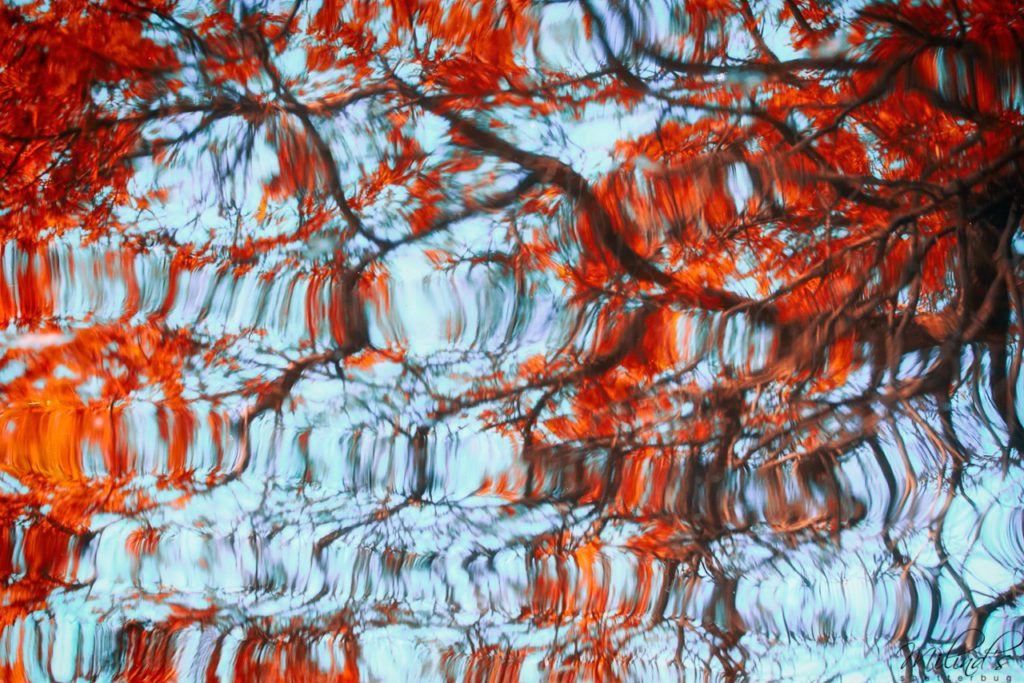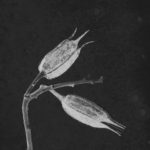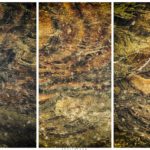The photograph that is the subject of this post was made towards the end of the monsoons , way back in 2018. I was visiting a friend’s farm, a short distance from Mumbai, and when I entered the living room, I was greeted with a spectacle of warm light filtering in through the windows, casting deep shadows in a room where the predominant color theme was deep browns and reds.
And in my mind I went “The Godfather!”
Color Creates The Light
You’ll remember it from the opening scene of the movie, an almost mystical quality to the warm orange light that illuminates the Don’s study. There is a sense of down-to-earth – yet luxurious – coziness to the Don’s environment, what with the smooth & soft rendering of the Eastman Color Negative 100T 5254/7254 film the movie was shot on , accentuated by the very nature of the color that is orange light. But there is also a sinister feel to both the study and the Don himself, a feel brought about by the deep shadows and crushed blacks. You know from the word ‘Go!’ that frivolous business is not the nature of the Don, nor are the matters discussed in his study trivial; that they’re matters related to life and survival. And sometimes Death.
The color palette, the hues, tones, luminance, and saturation — there’s nothing accidental or random about them; they’re very, very deliberate. Chosen to trigger very specific emotional responses at the very core of your being, the better to create the mood which underlines the plot and tells a story. From the very first frame, the movie’s director – Francis Ford Copolla – is using color to manipulate you and your emotions; using “Color to Create The Light”
And you don’t even know that you’re being manipulated!
Ansel Adams nailed it when he said – and I quote – “You don’t make a photograph just with a camera, you bring to the act of photography all the books you have read, the movies you have seen, the music you have heard, the people you have loved.”
Unfortunately, all that many bring to the making of a photograph is the camera; thankfully I’m not one of them.
Coming back to the photograph in this post – as I said, one look at the scene and my mind went “The Godfather”. And so I brought to the making of this photograph the movie I’d seen, my knowledge and understanding of tonalities, color theory and its practice, color psychology and a whole host of things too innumerable to list here. But from start to finish – from my choice of where to place the tones in my camera’s histogram to the final edit where I adjusted the tones and the colors – every thing was directed to a purpose: to create the look-and-feel of a seeing that could have been right out of The Godfather movie, complete with some of the emotions triggered in some of its indoor settings.
Color – how to see it, compose with it, lead the eye with it, and how to use it to “Create The Light” is just one of the topics I cover in my Online Photography Masterclass. Which brings us to the second part of the title post.
I'll Make You An Offer You Can't Refuse!
It was Marlon Brando – playing the role of Don Vito Corleone in the movie The Godfather – who delivers that line. Brando’s line occurs when Vito Corleone’s godson Johnny Fontane, played by Al Martino, asks his godfather for a favor. Fontane wants to become a film actor and needs Corleone’s help to secure the role, since he has already been turned down for it by the producer.
After Fontane comes crying to his godfather, literally, Corleone tells his godson, “I’m gonna make him an offer he can’t refuse.” Later, the film cuts to a very memorable scene in the film producer’s bedroom, where he wakes up next to the head of his own racehorse. No surprise, Fontane gets the part and becomes a movie star.
An offer may seem like a negotiation; however, the offer in “I’ll make him an offer he can’t refuse” really isn’t a gift or an exchange of services but a death threat, which is why “he can’t refuse.” Since mobsters are not known for negotiating, this line recurs throughout The Godfather trilogy in idea or words.
Rest assured, the offer I’m gonna make you isn’t a death threat. But It Is An Offer You Can’t Refuse! Not if you’re serious about taking your photography to the next level.
Here’s the deal: head off to Neville Bulsara’s What A Wonderful World : An Online Photography Masterclass on Visual Awareness, Visual Design, and Composition. Check it out; it’s very unlikely you won’t love it (unless of course you’re happy taking ho-hum photographs!). Check out the “Special Offers” there; it’s an offer you can’t refuse!
And if you do? Excuse me, but I gotta go practice my Don Corelone mannerisms!

















